white pine with yellow needles in container
shrubbist
16 years ago
Related Stories
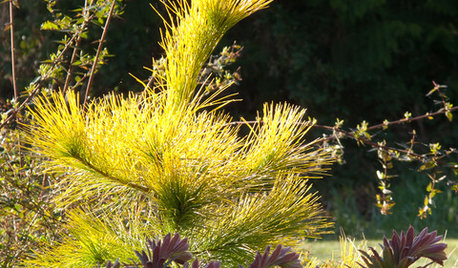
GARDENING GUIDESGreat Design Plant: Louie Eastern White Pine
This stunning golden conifer will bring a smile to your face and add a ray of sunshine to your winter garden
Full Story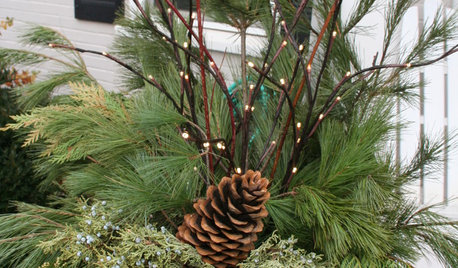
DECORATING GUIDESDeck Your Containers With Holiday Cheer in Half an Hour
Have 30 minutes and some seasonal greenery? You can put together festive garden pots to last through winter
Full Story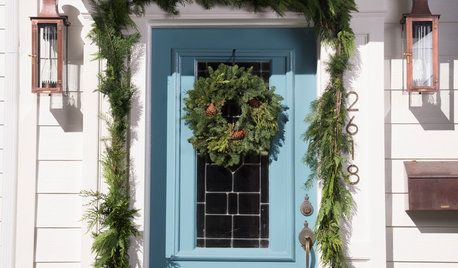
CHRISTMASQuick and Easy Christmas Decor With Greens, Wreaths and Pine Cones
When you're short on time, focus on the basics to make your house festive and fragrant
Full Story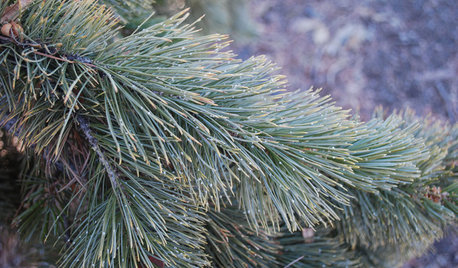
GARDENING GUIDESGreat Design Plant: Rocky Mountain Bristlecone Pine
Try this drought-tolerant small evergreen for its sculptural beauty and slow-growing nature
Full Story
PLANTING IDEASStretch the Budget, Seasons and Style: Add Conifers to Your Containers
Small, low-maintenance conifers are a boon for mixed containers — and you can transplant them to your garden when they’ve outgrown the pot
Full Story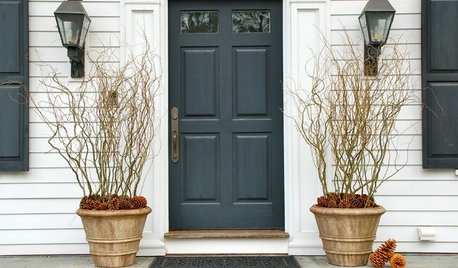
WINTER GARDENINGBranches Bring the Winter Spirit to Container Gardens
Add dimension and drama to winter pots with branches from austere to downright colorful
Full Story
CONTAINER GARDENS8 Easy Container Plants to Grow From Seed
Get beautiful blooms and herbs in summer by starting these choice garden picks from seed in spring
Full Story
KITCHEN DESIGNHow to Keep Your White Kitchen White
Sure, white kitchens are beautiful — when they’re sparkling clean. Here’s how to keep them that way
Full Story
CRAFTS20 Ways to Organize Your Craft Space
Tired of looking for a needle in a haystack? Giving tools and supplies a proper place steps up productivity and cuts down on frustration
Full Story
WHITEWhat to Know Before You Paint Your Walls White
A coat of white paint can do wonders in one room and wreak havoc in another. Here are tips for using the popular hue
Full StorySponsored
Columbus Area's Luxury Design Build Firm | 17x Best of Houzz Winner!
More Discussions








legacy
legacy
Related Professionals
Hyattsville Landscape Architects & Landscape Designers · Stoughton Landscape Contractors · Fort Payne Landscape Contractors · Mendota Heights Landscape Contractors · Monterey Landscape Contractors · San Rafael Landscape Contractors · Tacoma Landscape Contractors · Tehachapi Landscape Contractors · Eastvale Window Contractors · Calabasas Window Contractors · Laurel Window Contractors · Lady Lake Fence Contractors · South Yarmouth Fence Contractors · Whittier Fence Contractors · Foster City Fence Contractorslegacy
legacy
legacy
shrubbistOriginal Author
shrubbistOriginal Author
shrubbistOriginal Author